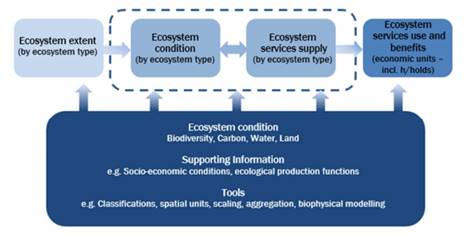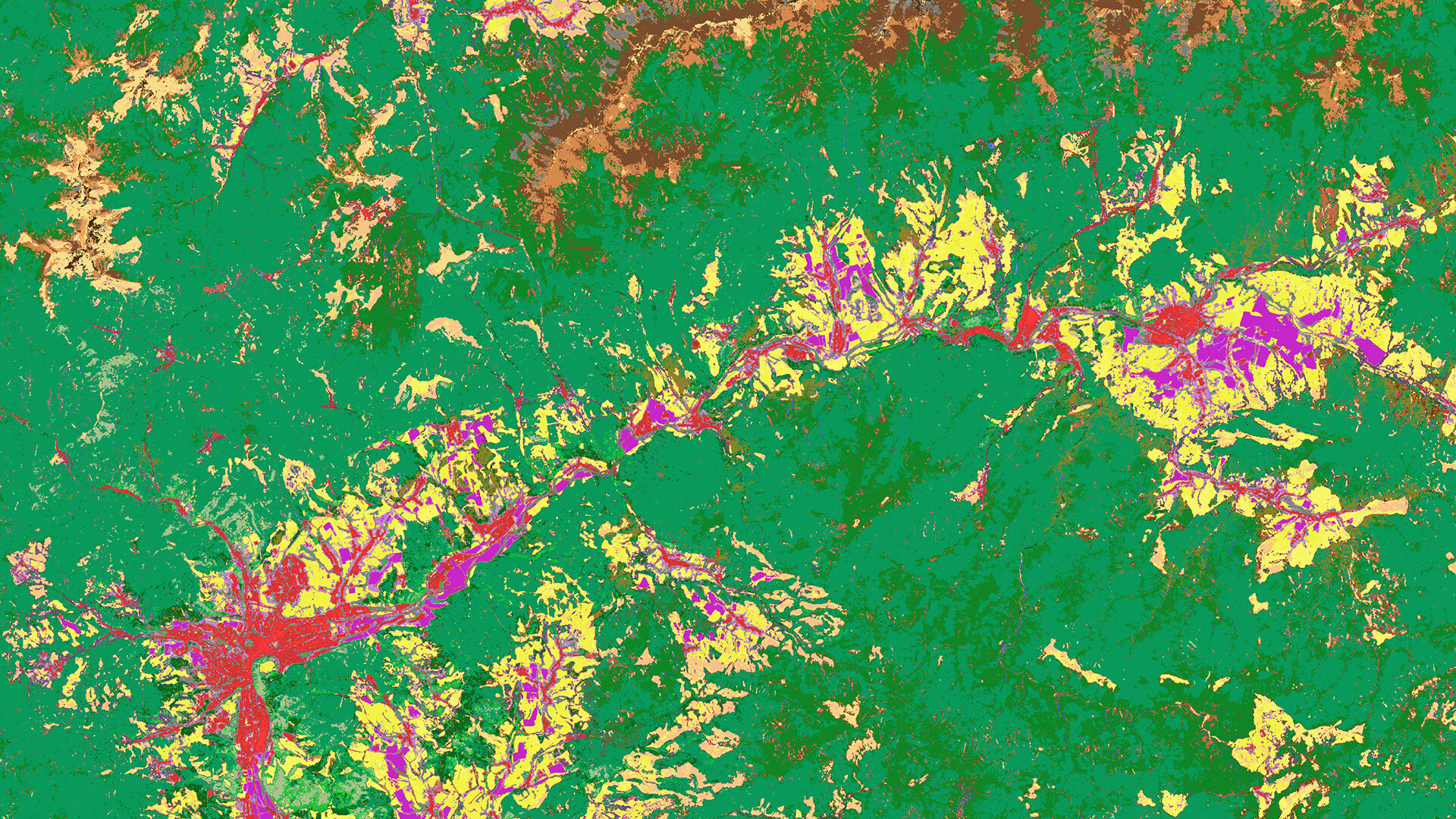GDP is not enough
A country's economic performance has been measured through standardized economic accounting frameworks for decades and it is expressed in its Gross Domestic Product (GDP). This GDP does integrate natural capital from a single economic profit viewpoint, however does not consider its value from all ecosystem services. As a result, we destroy the natural capital of the planet and its biodiversity at an unprecedent speed (see IPBES).
With the acknowledgment of this 6th mass-extinction on earth, there is a growing interest in the use of accounting frameworks to understand the entire value of the natural environment because it is recognized that maintaining ‘natural capital’ is fundamental to our human economic activity as well as our human well-being.
What is Natural Capital Accounting?
The purpose of Natural Capital Accounting (NCA), also known as ecosystem accounting, is to provide timely and objective data that represent the total value of the environment. As such, NCA allows to make significantly better decisions on natural capital.
The goal is to incorporate this information into formal accounts that are recognized by those involved in financial and management decisions.
In 2013, the United Nations of Statistical Division (UN-SD) published a first System of Environmental-Economic Accounting (SEEA) to integrate both economic and environmental data. It uses this to provide a more comprehensive and multipurpose view of the interrelationships between the economy and the environment. It also provides a view on the stocks and changes in stocks of environmental assets, as they bring benefits to humanity.
This SEEA Experimental Ecosystem Accounting (EEA) is developed at the initiative of the World Bank, the UN Environment Programme, the UN Convention on Biological Diversity and it is integrated in policy programs such as the EU’s Seventh Environment Action Programme, Aichi Biodiversity Targets.

Relationship between SEEA-EEA accounts support, information and tools. Source: ENCEEA CDP
The Natural Capital Accounting tool requires a spatial approach: ecosystem assets are delineated as spatial areas that contain a combination of biotic and abiotic components and other characteristics that function together. It organizes biophysical data, measures ecosystem service, tracks changes in ecosystem assets and links this information to economic and other human activity.
NCA in support of the SDGs
Natural Capital Accounting in itself does not create the mechanisms to achieve Sustainable Development Goals (SDGs), but it does provide a practical framework to measure their progress. It groups valuable elements, lessons and practices that can be used to develop and implement the policies needed to attain the SDGs at a country level or any other spatial explicit level. It does so through making explicit links between the economy and the environment which enables sustainable policy decisions and actions as well as monitoring progress.
Setting up an NCA platform
VITO Remote Sensing is responsible for setting up an NCA platform for IUCN (International Union for Conservation of Nature). The platform provides the Ecosystem Natural Capital Accounts over the West-African water tower (Fouta Djallon) and a transnational park in Senegal / Republic de Guinée (Niokolo), and hence adds a tool into the Biodiversity and Protected Areas Management (BIOPAMA) program to assist policy makers to conserve or restore nature.
.png?width=600&name=NCAblog_ENCA_IUCN(1).png)
The ENCA method we used to perform the demonstration on Ecosystem Natural Capital Accounting.
The account follows the ENCA protocol and includes land cover/infrastructure, carbon, water and biodiversity components. These accounts are combined to provide a synthetic measure of ecosystem capital’s ecological value and its degradation (or enhancement) per social-ecological landscape unit, expressed in a currency named Ecosystem Capability Unit (ECU).
.png?width=700&name=NCAblog_ENCA_IUCN(2).png)
The demonstration area used to setup an NCA platform for IUCN. In grey the area of interest, in green the protected areas. The grey lines show the river catchments, while orange lines show the fragmentation by roads and railways.
The Total Ecosystem Capability (TEC) is an aggregate of the same level as the National Accounts’ Gross Domestic Product (GDP) and the evolution of the two can be compared. Expressed in ECU, the ecological value can be used for the establishment of ecological balance-sheets consisting of physical capital, ecological debts and ecological receivables; and provides valuable information for political and economic decision-makers as well as for those that finance them.





